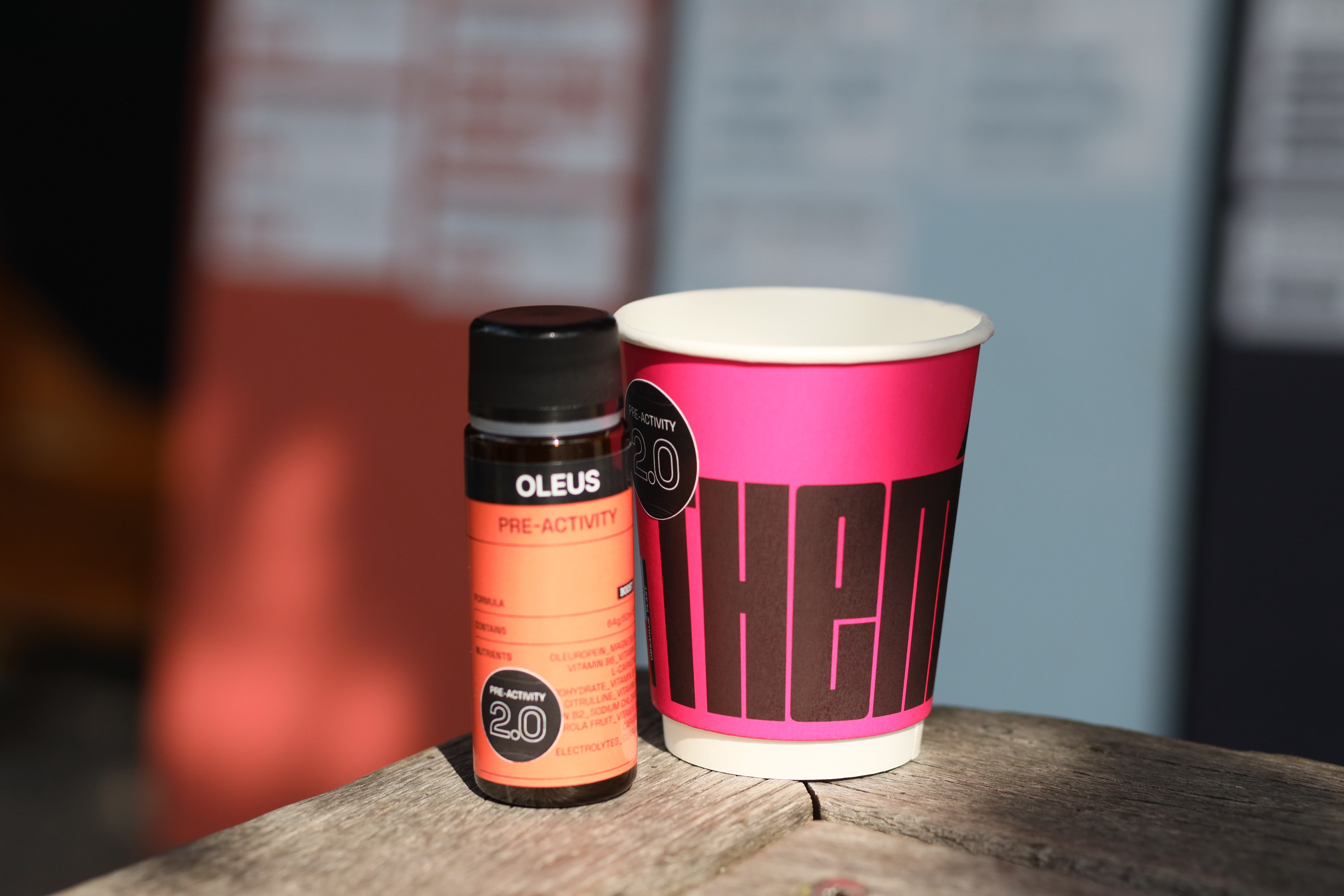The Physiology of Endurance: How It Works
Energy depletion is the arch nemesis of all endurance athletes. Intensive training sessions and competitive events put immense strain on the body. Muscles are stretched to their limits, and every fiber of their being is tested. So how can you overcome these challenges?
To answer that question, let’s take a closer look at the key factors that impact endurance and the training strategies you can use to boost your performance.
Acute and Chronic Adaptations
When we train regularly, our bodies adapt. These adaptations are the reason a beginner-level runner might get winded after a few kilometers but, months later, can run further without feeling as fatigued.
There are two types of adaptations, acute (short-term) and chronic (long-term):
- Acute shifts involve immediate responses like increased heart rate or faster breathing.
- Chronic shifts are long-term changes that come with regular training, like increased stroke volume or better muscular endurance.
While both are important, chronic adaptations typically hold more significance in the context of long-term performance for endurance athletes.
Pro tips:
- Training: Training regularly, at moderate levels, facilitates chronic adaptations like lower resting heart rate and improved lung capacity.
- Nutrition: A balanced diet rich in proteins supports muscle repair and growth, while complex carbs ensure sustained energy supply.
Energy Systems
Every movement we make, from breathing to running a marathon, requires energy, which is primarily supplied by three systems in our body:
- The Aerobic System: Converts carbohydrates and fats into energy using oxygen. It comes into play during prolonged activities.
- The Anaerobic Lactic System: Produces energy without oxygen, with lactic acid as a byproduct. It powers moderate to high-intensity activities.
- The Anaerobic Alactic System: Uses stored ATP and creatine phosphate to power short, intense bursts like sprints.
At the heart of these energy systems are the mitochondria, often dubbed the "powerhouses of the cell." These organelles are crucial for producing ATP, our cells' primary energy currency.
Mitochondria use oxygen to transform nutrients into energy. With increased physical activity, our body boosts mitochondrial density in muscle cells, enhancing endurance and recovery. Essentially, mitochondria optimize how we transition between energy systems, facilitating peak performance across varying intensities. They're the key players powering our every move.
Pro tips:
- Training: Incorporating both aerobic exercises like long-distance running and anaerobic activities like sprinting can help optimize the body’s energy systems. Use training plans that vary in intensity and duration to stimulate mitochondrial adaptations and efficiency.
- Nutrition: Complex carbohydrates are pivotal for fuelling aerobic metabolism. Supplementing with XTRACT is also a game-changer, with a patented blend of OLE, magnesium, and B6 to ignite your mitochondria and boost your body’s natural endurance.
Muscle Function
Muscle endurance is about how long your muscles can perform a particular action without fatigue. Repeated contractions over extended periods lead to adaptations in muscle fibers.
- Type I fibers, or slow-twitch fibers, become more efficient, supporting prolonged activity.
- Type II fibers get better at producing energy for quick, high-intensity actions.
Regular training can optimize the efficiency of both types of fibers.
There’s also an increase in capillarization (especially for type I fibers), ensuring that oxygen and nutrients are efficiently delivered to the muscles.
Pro tips:
- Training: Resistance training, especially with higher repetitions and lower weights, enhances muscular endurance. Exercises that mimic the specific movements of a particular sport can also optimize muscle function and endurance.
- Nutrition: Protein is essential for muscle repair and growth; integrating lean meats, legumes, and dairy can be beneficial. Electrolyte-rich foods like bananas, olives, and kale support muscle function and help reduce cramping during extended activities.
Cardiovascular Health
Endurance training leads to improved cardiac output, where the heart pumps more blood (and consequently, more oxygen and nutrients) to the working muscles. This enhanced efficiency supports prolonged physical activity and boosts overall performance.
Pro tips:
- Training: Endurance training, particularly activities like cycling, swimming, or running, significantly improves cardiac output and efficiency. Cross-training with different types of aerobic exercises results in a more impactful cardiovascular workout.
- Nutrition: Omega-3 fatty acids, found in fish and flaxseeds, support cardiovascular health. Adequate hydration is also crucial, supporting optimal blood volume and circulation.
Environmental factors
Altitude
At higher altitudes, the atmospheric pressure is lower, which means there is less oxygen available for each breath. As a result, the body has to work harder to supply the muscles with the necessary oxygen during physical activity, leading to quicker fatigue. To counteract the reduced oxygen availability, the body responds by producing more red blood cells, which helps increase the oxygen-carrying capacity of the blood.
The good news? Once you return to a lower altitude, you may temporarily experience enhanced performance due to your increased oxygen-carrying capacity.
Pro tips:
- Training: Spend several days to weeks at the altitude you'll be training at to allow your body to adjust. Start with low-intensity workouts and gradually increase intensity as you acclimatize.
- Nutrition: The body can lose more fluids at high altitudes. Make sure to drink more water than usual. Also, with a doctor's guidance, consider taking iron supplements to support the increased production of red blood cells.
Temperature Variations
Extreme temperatures have a huge impact on performance. In the heat, sweating helps regulate body temperature, but it can also lead to dehydration if fluids aren't replaced. Cold, on the other hand, can slow down muscle contractions and reduce dexterity.
Pro tips:
- Training: Dress appropriately for the weather. In hot climates, wear lightweight, breathable clothes. In colder conditions, layer clothing to trap heat and keep muscles warm. Start workouts slower in extreme temperatures to allow the body to adjust.
- Nutrition: Stay hydrated! Replenish lost electrolytes after heavy sweating. In cold weather, consuming warm fluids before a workout can help keep the body's core temperature stable.
Final Thoughts
Endurance isn't just about pushing through physical barriers; it’s also about understanding and optimizing how your body works. From muscle function to energy systems, understanding the physiology behind endurance can help athletes tailor their training and nutrition to get the most out of their bodies. By tapping into this knowledge and pairing it with dedication and determination, you can elevate your performance to new heights.






